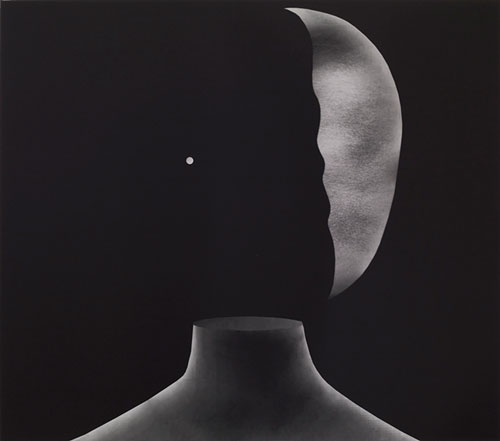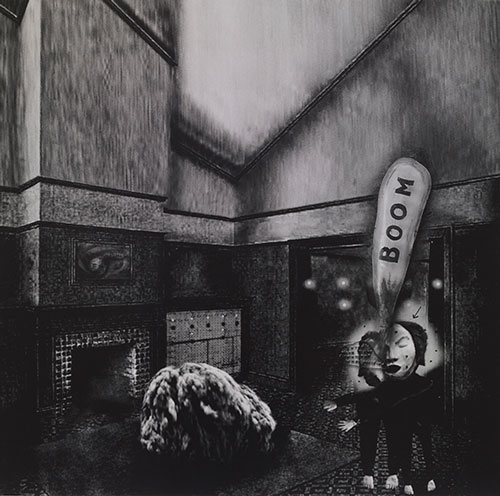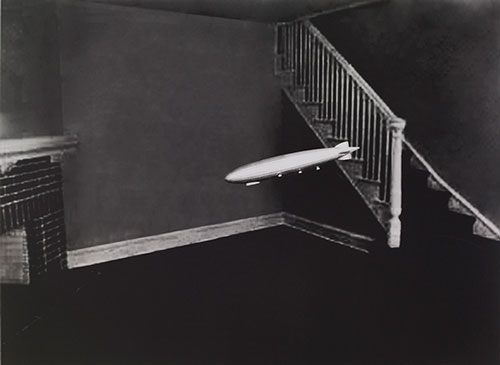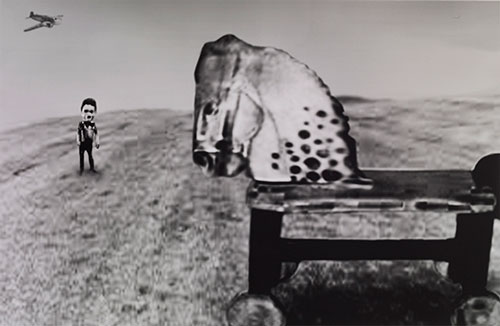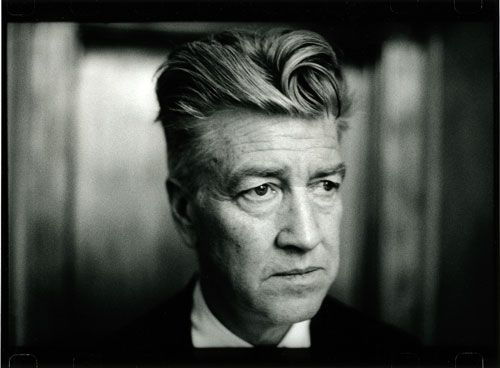

Maison Européenne de la Photographie, Paris
15 January – 16 March 2014
by DARRAN ANDERSON
Enthused, he passed the book on to his friend André Breton, the future patriarch of Surrealism, who found in the feverish prose-poem a prototype for his movement to come. Breton was drawn, in particular, to the line: “As beautiful as the chance encounter of a sewing machine and an umbrella on an operating table”. This nonsensical juxtaposition, and the mystery therein, would act as a crucial guiding maxim for Surrealism. Through chance or purpose, the placing together of disparate objects could not only help an artist escape the tyrannical predictability of common sense, it could also suggest previously unseen interactions and connections. There were worlds beyond the logical and there were ways of glimpsing them, not least by the cultivation and exploration of dreams. Sigmund Freud received the credit, but writers and artists, the psychoanalyst’s ancestors and descendants, had pointed the way for centuries.
As a filmmaker, David Lynch has embraced the various Surrealist approaches, not least in the incongruous pairing of suburban banality with the esoteric, the unnerving and the violent. His depictions of the US often consist of kitsch soap-opera characters and an atmosphere of perpetual 1950s twilight, concealing the deep trauma of secrets and further, more diabolical depths. Yet for all the horror released in adapting Norman Rockwell paintings to purgatory, a mysterious and alluring poetry resonates in Lynch’s work. Well-worn genre cliches are revitalised by sudden irreconcilable occurrences outside the audience’s expectations: the severed ear in Blue Velvet, the “Red Room” in Twin Peaks and the “Lady in the Radiator” in Eraserhead. As with the Surrealists, we feel we have somehow been here before in dreams, to borrow the title from the Roy Orbison song that haunts Blue Velvet, and, it must be said, in nightmares. The Maison Européenne de la Photographie has achieved a coup, exhibiting 40 black-and-white photographs created by Lynch specifically for the gallery. The environments they depict are cinematic and dreamlike, otherworldly and yet disquietingly familiar.
“I think films should have a surface story,” Lynch asserted in a 1987 BBC Arena special, “but underneath it there should be things happening that are abstract … things that resonate in areas where words can’t help you.” This mistrust towards literal description continues through Small Stories, with each work having the most rudimentary of titles. If a work of art needs explaining, it has evidently failed, and the great strength of Lynch’s photographs comes from the intentionally mystifying nature of the imagery. He allows his stories to be created within the viewer’s imagination. As he notes in the exhibition guide, it is almost impossible to view such photographs and not begin to assemble a narrative, much in the same way it would be nigh on impossible to resist dreaming. This, too, he shares with the Surrealists with whom he claimed an affinity in the same documentary, showcasing films by the likes of Jean Cocteau, René Clair, Man Ray, Marcel Duchamp and Max Ernst. Perhaps it is a role of all art to commence a narrative in our heads when viewed, whether we want it to or not. With Surrealism and Lynch’s own latter-day incarnations, the narrative is one of continually shifting contexts and emotions, from humour to beauty to profound unease, often within a single shot.
In his Head series, Lynch produces an unsettling yet pristine sequence of photographs of dehumanised faces. Some are entirely featureless, others corrupted and scarred. They are branded with words, wracked by lightning, and appear to open or levitate. At times, they seem inorganic or extraterrestrial, yet are still somehow too human. The Pygmalion use of haunted mannequins by Lynch’s artistic forebears springs to mind, and his work can be seen in a lineage with Giorgio de Chirico, Hans Bellmer and Oskar Kokoschka (Lynch travelled to Salzburg as a young man in the hope of studying under the latter). Other less immediate influences are called to mind by the mood of the pieces rather than their form. Tears, or rain, falling from a slot where eyes should be are captured in an impossible frozen moment, akin to the paintings of René Magritte. In another, the damaged face manages a sinister smile, reminiscent of the masochistically tormented figures in HR Giger’s work. The dissonance between sympathy and threat means Lynch’s photographs have a disturbing presence. We can never be sure of the dimensions of what we are seeing, or the intentions. Yet crucially there is beauty there, in an uneasy balance with “uncanny valley” revulsion. This is evident most notably in the standout Head #15, which in its peaceful decapitation evokes the moon and, above all, the yin and yang symbol. The duality alluded to, whether harmonious or in flux (the “distressed Zen” of Herbert List is occasionally evoked), is a theme that runs through, and holds together, the entire exhibition.
The duality continues with Lynch’s Interiors series, where domestic settings are visited by Fortean events. In the first of the photographs, cartoonish conjoined twins, with orbiting spheres of light, point to an amorphous form by the fireside. A half-inflated speech bubble announces “Boom”, suggesting the mass is perhaps a bundle of smoke from an atomic mushroom cloud. No explanation is given and the piece is all the more intriguing for it. It defies logic and the fact that the humour, playfulness and dread instilled cannot be easily reconciled means our attempts to explain will be inconclusive and thus potentially infinite.
It is worth noting the artistic licence taken with the images, and that Lynch studied as a painter before turning to films. In a sense, the traditional and digital manipulations of his pictures hark back to the once-controversial early pictorial photographers such as Robert Demachy and Henry Peach Robinson. The grainy, blurred or pixelated treatments of the environments and their inhabitants blur the lines between photography, art and sculpture. Lynch avoids any attempt at vérité; accepting that the process of deception begins the second you lift a camera. Instead, he embraces the creative possibilities this admission of inauthenticity affords. In Thinking of Childhood, a hobbyhorse (a nod to Dada, perhaps) looms in the foreground. In the distance stands a vaguely malevolent dysmorphic figure with either a toy plane or a real bomber further in the background. It could be seen as a childish scene or a monstrous one. Lynch hints that the two are far from mutually exclusive.
Often, what is not shown is the most significant presence in Lynch’s photographs. An abandoned alien infant darts in front of the shell of a car. A naked voodoo doll brandishes a revolver. The questions of why, how, where, when, even what, are not elaborated on. In Interior #11, a pale miniature Zeppelin floats past a staircase in to an otherwise empty living room. The graceful spectral simplicity of the image is both undermined and complemented by its context. Can we consider the photograph without recalling the Hindenburg disaster or some childhood unease regarding the ghosts or souls of objects, long before we learned the meaning of words such as hauntology? Placed within such an exhibition, even the most innocuous items give the feeling of being possessed. Detached houses seem to appear in the midst of a post-apocalyptic landscape; the sideways glance of a rabbit figurine suggests malicious intent. The truth, if such a thing can be said to exist, is as hidden from us as our own subconscious. It might be glimpsed incoherently in dreams or art, but then coherence, as Lynch proves, is overrated. Its absence enables the latent cinema of the imagination to begin rolling, for good or ill.
